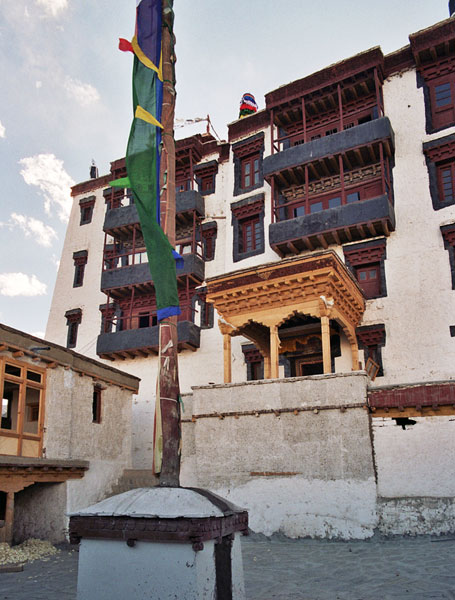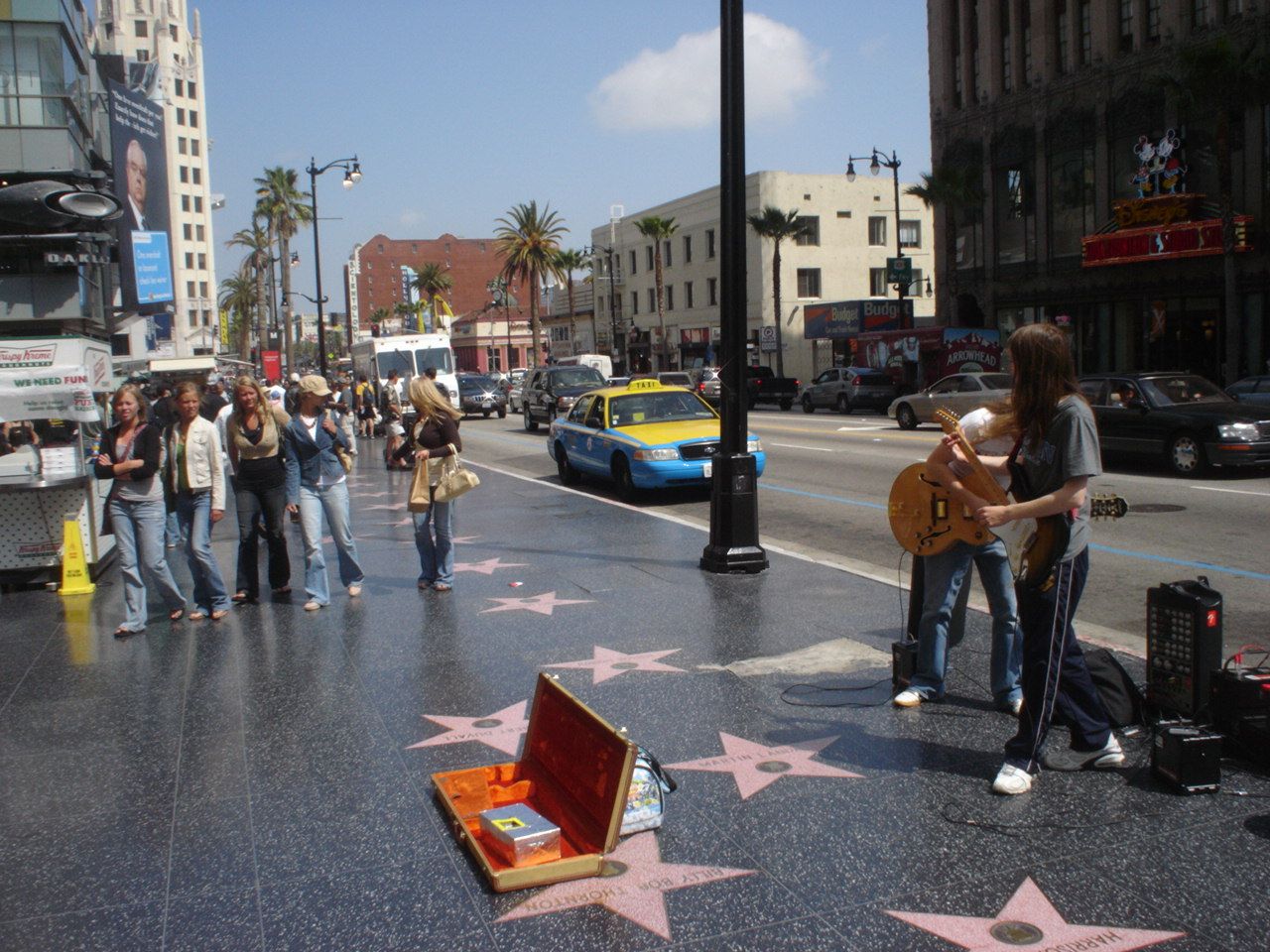Stok Palace stands as a profound testament to Ladakh's intricate cultural and historical landscape, nestled strategically on a hillock overlooking the serene Stok village. Constructed in 1820 by King Tsepal Namgyal, this architectural marvel represents more than a mere royal residence—it embodies the resilience and cultural sophistication of the Namgyal dynasty during a tumultuous period of regional transformation.
The palace's architectural design reflects the nuanced aesthetics of traditional Ladakhi construction, featuring meticulously carved wooden facades, vibrant frescoes, and intricate Tibetan-style paintings. Its multi-level courtyards and strategic layout demonstrate a sophisticated understanding of local building techniques, utilizing materials and designs that have withstood harsh mountainous conditions for generations.
Beyond its structural significance, Stok Palace serves as a living museum preserving the rich heritage of Ladakh. Its carefully curated collection includes royal artifacts, ancient thangkas, and historical objects that provide profound insights into the region's complex socio-political evolution. Remarkable treasures like the queen's exquisite turquoise-and-gold headpiece and a 16th-century Afghan sword offer tangible connections to the area's multifaceted history.
The palace's spiritual dimension is equally compelling, featuring a temple where daily prayers are conducted and traditional religious practices are maintained. The annual Stok Guru Tsechu festival transforms the palace into a vibrant cultural epicenter, where monks perform traditional dances and local communities celebrate their deep-rooted traditions. These ceremonies represent more than mere performances—they are living expressions of Ladakh's enduring cultural identity.
Historical context adds layers of complexity to Stok Palace's narrative. After the Dogra army's sacking of the main palace in Leh in 1824, the Namgyal dynasty transformed this location into their primary residence. Their status as jagirdars under Dogra rule marked a significant political transition, demonstrating the family's adaptability and strategic acumen during challenging times.
The palace's modern transformation into a boutique hotel represents a thoughtful approach to heritage preservation. By offering curated rooms that highlight local design and history, it provides visitors an immersive experience of Ladakhi culture. This innovative adaptation ensures that the palace remains a living, breathing entity rather than a static historical artifact.
Archaeological and architectural elements within Stok Palace reveal sophisticated design principles. Unique features like integrated grain silos, intricate murals, and carefully planned courtyards showcase the advanced technological and artistic capabilities of Ladakhi builders. Each architectural element tells a story of resourcefulness, aesthetic sensibility, and deep connection to the surrounding landscape.
As a repository of collective memory, Stok Palace continues to play a crucial role in maintaining Ladakh's cultural continuity. Its museum, monastery, and architectural spaces serve as critical links between past and present, offering visitors and researchers alike a nuanced understanding of this remarkable region's rich, complex heritage.





